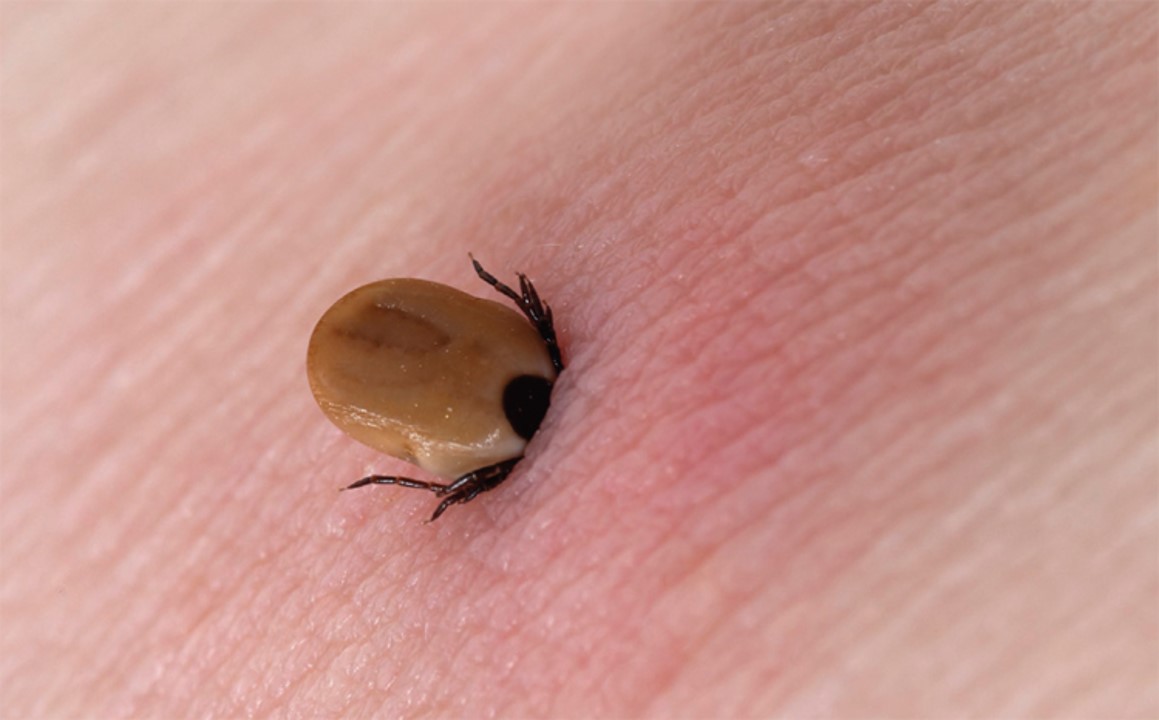The spring and summer seasons are the best for gardening, hiking, picnicking and enjoying all other outdoor activities; however, lurking in our woods, parks and gardens are tiny terrors that spread a host of diseases and pathogens. Welcome to the world of ticks!
According to the Center for Disease Control and Prevention (CDC) and the NYC Health Department, tick populations are expanding from the northern states. They can now be found in 35 states, which have seen a marked rise in tick-borne diseases such as Lyme disease and Rocky Mountain Spotted Fever (RMSF). Last year alone, over 33,000 cases of Lyme disease were diagnosed.
However, Lyme disease and Spotted Fever are only two of 20 tick-borne diseases which can cause individuals severe pain, distress and in some rare cases, even prove fatal.
In the New York Metropolitan area, the American dog tick is common throughout all five boroughs. This tick is carried primarily by dogs; hence its name and ability to spread. The Blacklegged and Lone Star ticks are found on Long Island, upstate New York and throughout the northeastern states from Maine to Virginia and often spread by deer. While not all ticks transmit disease, individuals must still remain vigilant as Lyme disease infections have been noted in Staten Island and the Bronx.
For the most part, bites are caused by “nymphs” (baby ticks) and adult females which in size are no bigger than a poppy seed and sesame seed, respectively. One exception is the American Dog tick which is larger and closer in size to a watermelon seed. Most ticks are reddish brown to dark brown in color. They can bite around your ankles, the soles of your feet or crawl up your clothes. In children, they can hide in their hair, ears and belly button. Tick bite season runs from spring through fall.
If you plan on hiking, wear repellant (preferably containing DEET). Ticks can attach to our clothing, pets or gear until they are ready to bite so pay attention to your surroundings, clothing and pets. If you spot a tick on your body, remove it immediately with tweezers. Yes, I know—who carries around tweezers on a hike?—but from now on keep a pair in your first aid kit. After you return from a possibly infested area—take a hot shower and perform a full body check. Wash your clothes on the hot setting to kill any possible creepy crawlers that remain.
Top tick-borne diseases in our area: Lyme disease, Anaplasmosis, Babesiosis, Ehrlichiosis, Rocky Mountain Spotted Fever and Tularemia.
Common symptoms to watch for:
Rashes occur in 60%-80% of Lyme disease patients and the disease can even present as Bell’s Palsy (a drooping of one side of the face). However, in Rocky Mountain Spotted Fever rashes occur in 70%-80% of all cases.
Aside from rashes, patients may experience flu-like symptoms: fever, chills, malaise, sweats, muscle aches, stomach issues, coughs/chest pain, stiff neck, infections and occasionally, confusion. Patients may present with some or all of these symptoms anywhere from three to five days after a bite. For RMSF, the incubation period is even longer, 4-14 days.
If you experience any of the symptoms above and suspect a tick bite, see your doctor immediately. The consequences of inaction can be dire resulting in anything from long-term fatigue or respiratory distress to renal failure or worse–death.
Aside from a physical examination, a doctor may request lab tests to identify the culprit and an antibiotic will be the course of treatment. Tick-borne diseases can be managed effectively if they are diagnosed in time. Forewarned is forearmed, so visit the CDC website to learn more about ticks.
Strategic Communications Professional/Content Strategist/Marketing Communications Consultant





